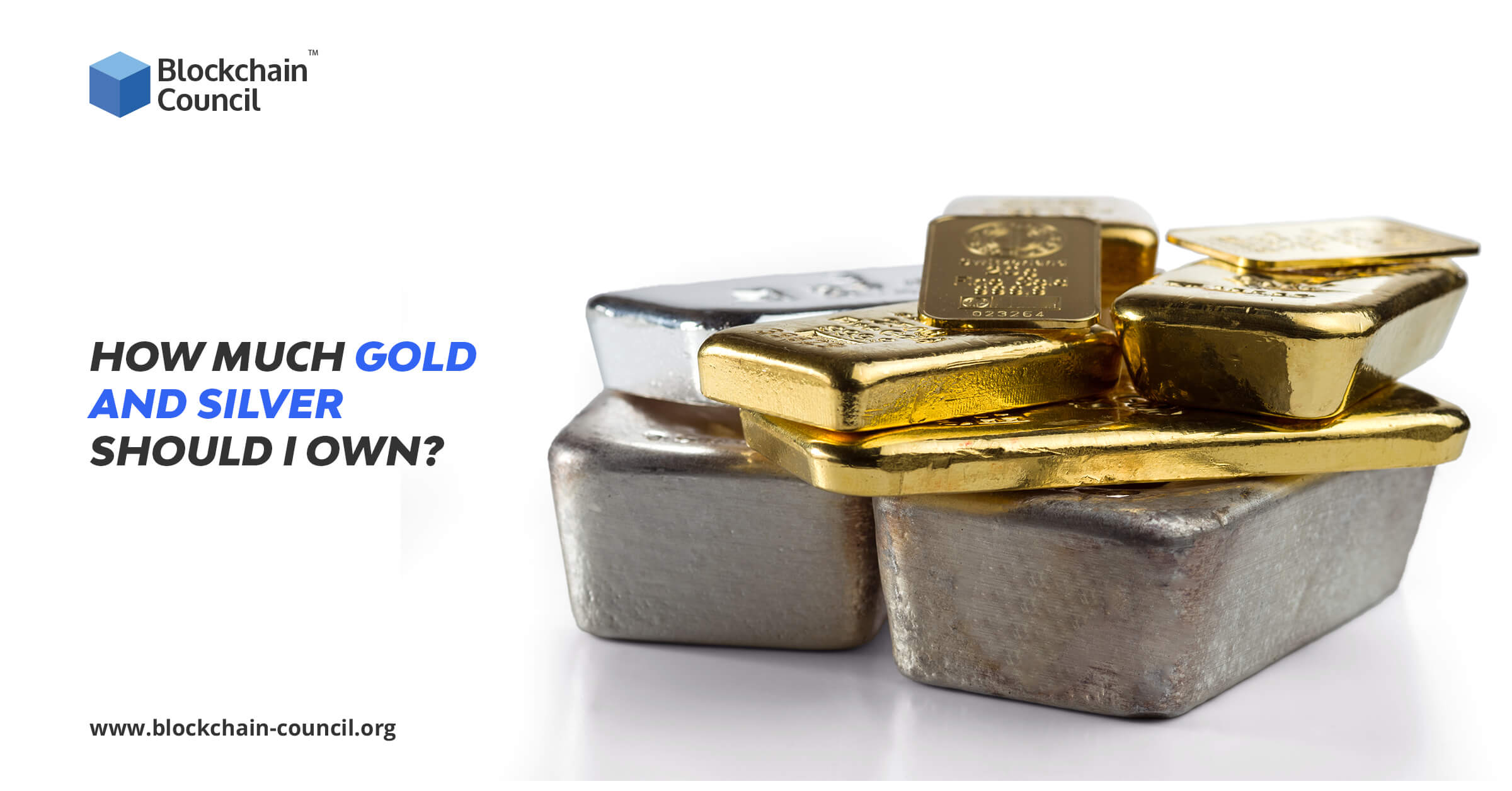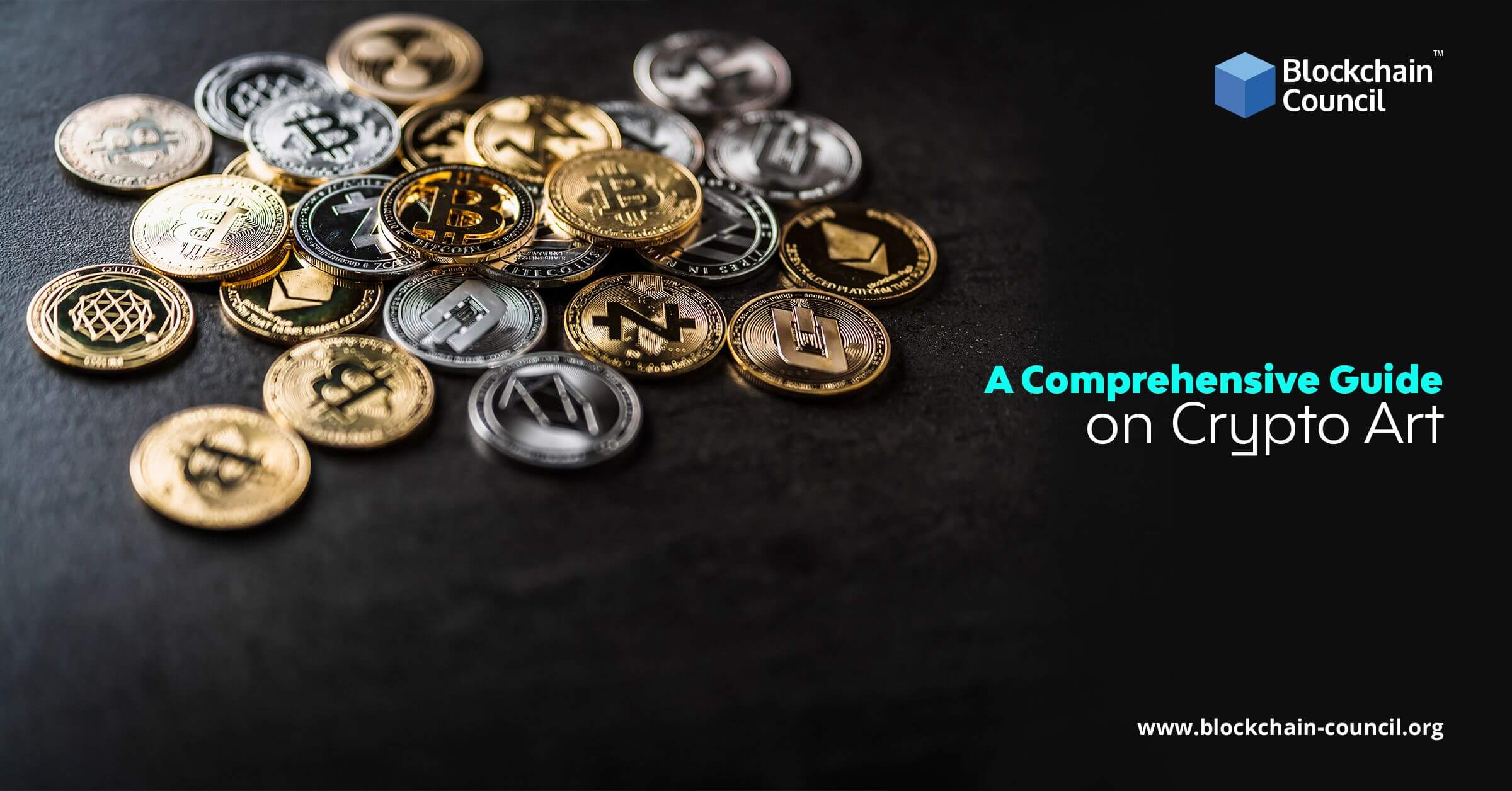
- Adam Cifu
- October 03, 2024
Investors looking to put money into precious metals have a lot to consider. Should you invest in physical metals or ETFs? How should these assets be stored, and is it better to, say, buy silver online or at a vendor? There are so many questions, but chief among them is certainly how much of a metal you should own in the first place.
That can vary based on your financial situation, the price of precious metals, and what your portfolio already consists of. In this post, we’ll detail different ways to decide how many of these top metals you should own at any given time. That way, you can make your own decision based on your background.
It’s All Up to You
First off, before investing in gold or silver, it’s good to examine the price of either. If the former is up and the latter is down, it might be best to invest in silver over gold. However, sometimes the opposite is the case.
It’s also worth mentioning that gold is more of a stable asset with a hardly fluctuating price. Those looking for a long-term investment or a store of value will appreciate that in the long run. However, silver can be more volatile at times, and investors wanting shorter-term profits might enjoy that. Either way, both assets are used in similar ways – to profit and to hedge the economy.
That said, many so-called “experts” recommend investing in stocks, having a 30-40% investment in precious metals. Generally, 10-20% of that is said should be in gold and silver each, though that’s up to you. This allocation can get a little more confusing when considering platinum, palladium, and other metals, too.
Even then, some journalists and financial enthusiasts claim as little as 4-10% should go into precious metals. Again, it all depends on your financial situation and what you’re looking to get out of your investments. Note, however, that no experts say you shouldn’t have anything in gold or silver. They all recommend at least some amount.
Breaking it All Down
Do you consider yourself in a reasonably safe financial environment? If so, you may not need to invest as much into precious metals as you may think. Generally, these assets are seen as a safe haven from a failing economy. However, if there looks to be a financial crisis looming, you may want to invest in a fair amount of gold and silver to protect your funds.
Of course, there are also pros and cons to each, which we’ll detail right here.
Right off the bat, gold is almost always more expensive than silver. This is because the asset is more valuable. However, it generally doesn’t have many uses aside from as a store of value. That said, gold is also easier to store as it often comes in smaller bars, and the coins are a good method of storage as well. Also, gold doesn’t go bad like silver can.
On the other hand, silver is easier to buy than gold, though it’s certainly more volatile, which can be an issue for some. It’s much more expensive to store than gold, needs more space due to its ounce per value, and can tarnish as time goes on. Otherwise, silver does have an industry use case. The metal is used in automobile manufacturing, batteries, electronics, and more.
When considering how much gold and silver you should own, it’s important to balance both financial security and growth opportunities. Whether you’re a seasoned investor or a beginner, employing the right strategies is crucial. For comprehensive advice, explore tips for stacking precious metals to maximize your investment like a professional.
While that use case for silver seems to make it more valuable, it also means the price can be more affected. This is why silver is volatile. For example, if cars are in low demand, silver prices might go down as it isn’t being bought in as much bulk. On the other hand, if cars are necessary and demand is high, prices are more competitive. That is unless they find an alternative asset to replace it.
Also, and this is the most interesting part, governments don’t hold much silver. Governments and central banks tend to store tons of gold instead, holding it in their vaults for customers to invest within. All in all, some of these pros might be cons to some investors, and vice versa. At the end of the day, the choice is up to you. Everyone has a unique financial situation, and understanding which metal is best will go a long way in improving your investments.





































































 Guides
Guides News
News Blockchain
Blockchain Cryptocurrency
& Digital Assets
Cryptocurrency
& Digital Assets Web3
Web3 Metaverse & NFTs
Metaverse & NFTs
